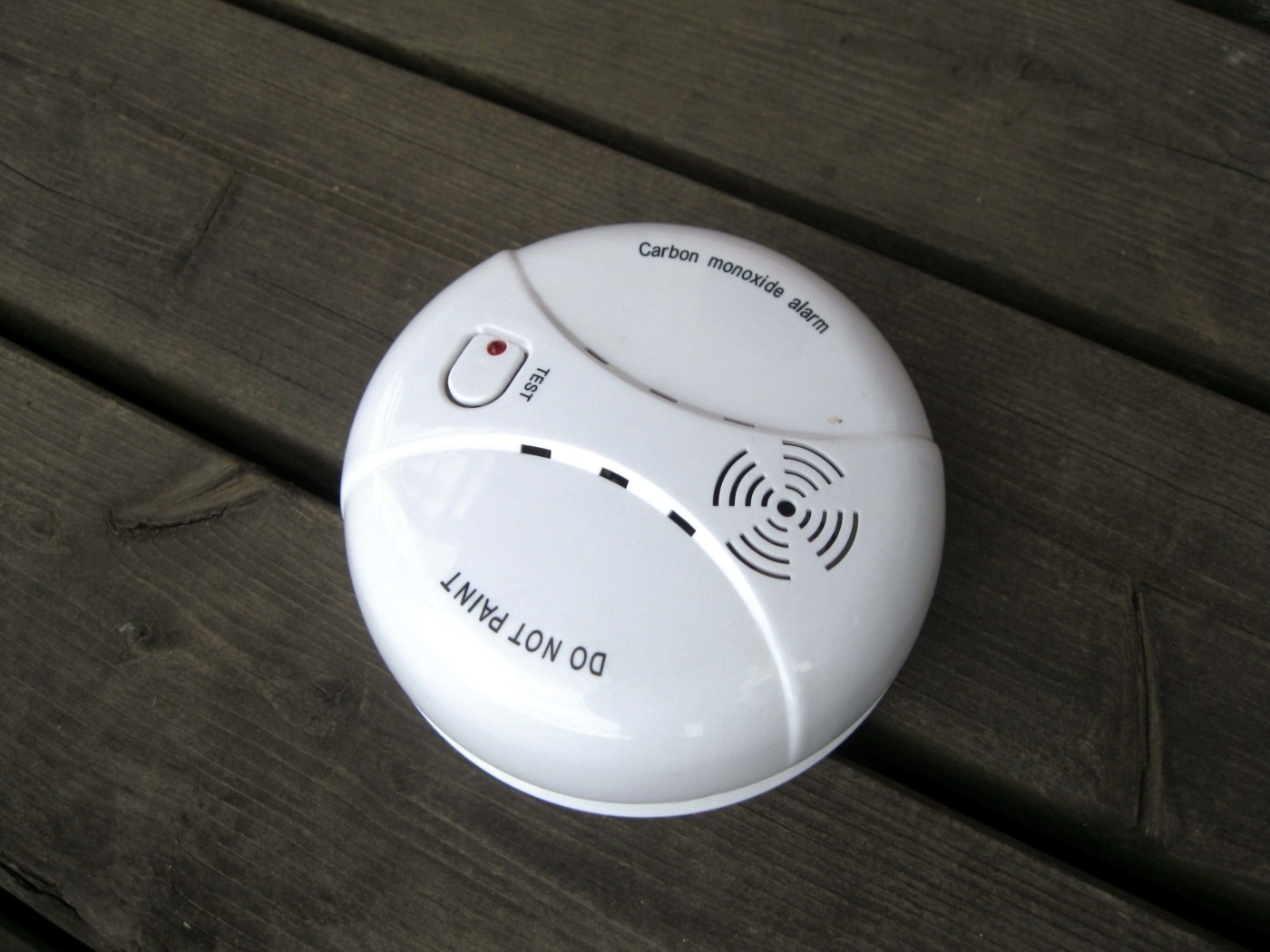Being aware of carbon monoxide poisoning in student houses
Carbon monoxide is a poisonous, odourless and tasteless gas, referred to by many as a silent killer. If inhaled, the invisible substance can enter your bloodstream and seriously affect the blood’s ability to carry oxygen. Depending on exposure levels, this can cause mild symptoms such as dizziness, tiredness and difficulty breathing, which can then be followed by the loss of senses, unconsciousness and, in extreme cases, death. Ultimately, carbon monoxide is an extremely dangerous gas that can kill you quickly with very little warning.
Unfortunately, far too many people are unaware of the devastating impact of carbon monoxide. This is terrifying when we consider that 60 people in the UK die of carbon monoxide poisoning every year and a further 4000 people require emergency treatment. Despite this, it still lacks the necessary media attention, meaning many are simply unaware of the danger.
Carbon monoxide is produced when fuels do not burn fully, meaning that any poorly maintained or incorrectly installed general household appliances pose a threat. For instance, faulty car exhaust pipes, gas fires, cookers, boilers or solid fuel stoves.
As students, we must be conscious of the dangers of carbon monoxide
Tragically, on 18 February 2010, 31-year-old journalist Katie Haines died of carbon monoxide poisoning due to a faulty boiler in her home. In honour of Katie, her family launched The Katie Haines Memorial Trust, which aims to raise awareness of the dangers of carbon monoxide and show how it truly could affect anyone.
As students, we must be conscious of the dangers of carbon monoxide when moving into student housing. Make sure that student accommodation is safe and know your rights when you rent. Safety conscious landlords would install an alarm but it’s up to you to ask questions and install an alarm if there is not one.
Be aware if there are carbon burning appliances and ask the landlord if you can see the Gas Safe Certificate as they are only obliged to fit an alarm for solid fuel. By law, they must also arrange for a Gas Safe registered engineer to carry out a gas safety check every 12 months and provide you with a copy of the landlord gas safety record before you move in.
You should never just assume that gas safety is taken for granted
The symptoms of carbon monoxide poisoning can be similar to flu and hangover so be aware if you are experiencing consistent headaches and nausea and seek medical help immediately if you suspect poisoning.
Research from the Carbon Monoxide Be Alarmed! campaign revealed that more than half of university students in rented accommodation were at risk from carbon monoxide poisoning. Only 46% claimed to have a lifesaving alarm and 58% admitted that they didn’t even check if there was a CO alarm installed when they moved into their current rented accommodation.
You should never just assume that gas safety is taken for granted in the property you choose to live in. Carbon monoxide poisoning is a very real danger, especially at university, so you must take precautions to protect yourself and other flatmates.
It is recommended that you frequently test your alarm
In April 2007, a flat housing several Oxford University students suffered from a severe carbon monoxide leak. Thankfully, they had a carbon monoxide alarm – a move which ultimately saved all of their lives.
These alarms are cheap, they cost around £20 and can be bought from any DIY shop or traditional retailer. Never buy uncertified alarms on websites such as Amazon and eBay as they can be cheaply produced and unreliable. It is also very important that it is an audible alarm, rather than just a ‘colour change’ indicator tool as you are most at risk from carbon monoxide poisoning when you are asleep.
Once purchased, the alarm should be placed in the same room as fuel-burning appliances, either wall or ceiling mounted, and installed by a competent person or a heating engineer. It is recommended that you frequently test your alarm to ensure it is in working order.
Most carbon monoxide related accidents are avoidable
If an alarm sounds, the first thing to do is open all doors and windows and turn off all fuel-burning appliances. Then, safely evacuate the property and don’t enter again until the alarm has stopped. In an emergency, call National Gas Service or your gas or fuel supplier’s emergency number and do not use the appliance again until it has been professionally checked. Get medical help immediately for anyone suffering the effects of carbon monoxide poisoning.
The good news is that most carbon monoxide related accidents are avoidable with sufficient education and precautions. Although organisations such as The Katie Haines Memorial Trust have helped us come a long way in terms of awareness to the issue, there are still too many devastating and preventable cases of carbon monoxide poisoning. At university, you are particularly vulnerable so please take the time to ensure that you are being safe as it could save your life.

Comments